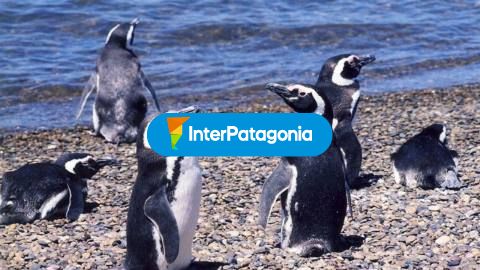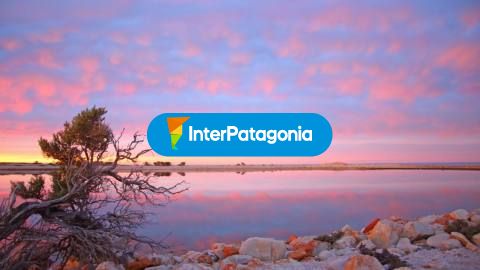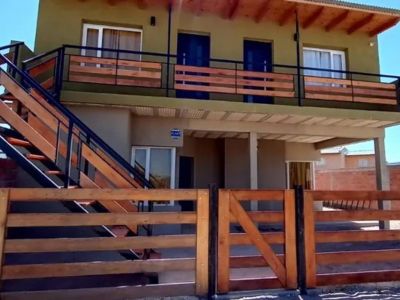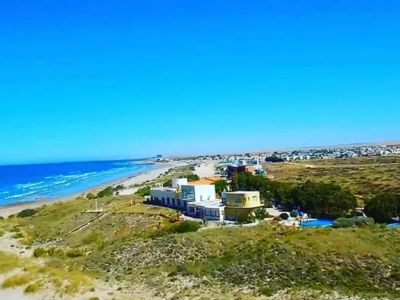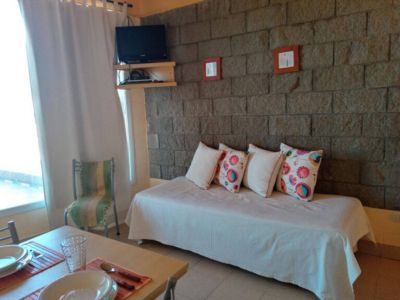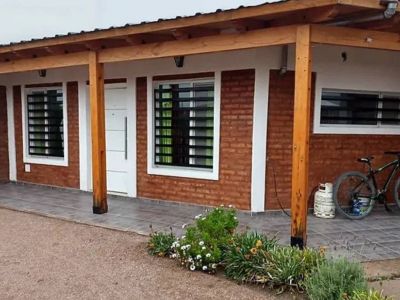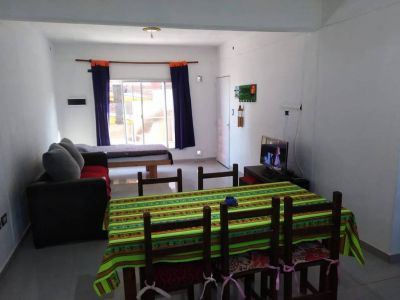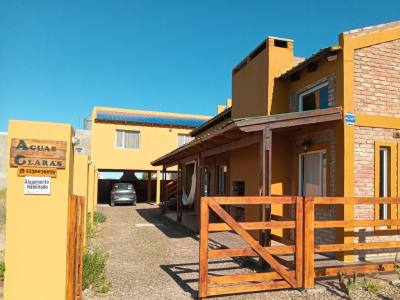In the San Matías Gulf, the young Islote Lobos National Park north of Playas Doradas occupies 20 thousand hectares, of which 80% is water. Thus, it is a marine park that includes 35 km of coastline and islets that host the greatest biodiversity. There are 6 islets that showcase all their beauty to the rhythm of the tides.
Sea lions, Magellanic penguins, and countless birds
When the tide recedes, the islets that seemed distant transform into an interconnected web of land tongues, sediment, gravel, and internal lagoons, allowing for an incredible and privileged natural landscape for the marine fauna that inhabits it. Sea lions, Magellanic penguins, and birds gather in this setting along the marine coast. The single-haired sea lion is the main character of this walk, found mainly on the largest islet of the group that gives the park its name, while other islets are abundant with colonies of marine and coastal birds, the Magellanic penguin. The sea lion chooses the rockiest and least vegetated areas, while the penguin seeks dense shrub vegetation to raise its chicks. In the sea lions' resting area, the dual-haired sea lion is also present.
The importance of this protected area encompasses the natural processes that favor the recovery, both in numbers and distribution, of species that were previously impacted by human actions, such as has happened with sea lionsthe southern right whale, another frequent visitor of the protected waters of the gulf.

Due to the diversity of birds that choose the islets as a refuge for resting and breeding, the archipelago is part of the BirdLife International program. In the area, nest the royal tern, the yellow-billed tern, and the South American tern, the kelp gull, cormorants, various types of herons such as the black-crowned night heron, the purple heron, and the white heron, the crested duck, the Eurasian oystercatcher and the black oystercatcher, the southern flamingo, among others.
In the wooded area, one can observe another great variety of birds, including the black-headed vulture, the red-headed vulture, and the chimango. The yellow cardinal also inhabits there, a species that is currently endangered. Meanwhile, in the flat areas and on the plateau, a bit further away from the tide line, it is possible to find guanacos, pampas foxes, hairy armadillos, viscachas, tortoises, and skunks.
Although the protected area of the Islote Lobos complex dates back to 1977, the establishment of the national park is from 2022, so its infrastructure development is still in progress. Playas Doradas is the main town to embark on any nautical excursion to the islets and observe the natural heritage. Birdwatching in the park is the perfect activity to do at any time of the year, but it stands out in the summer season, when visitors to Playas Doradas enjoy the beach and the sun.
